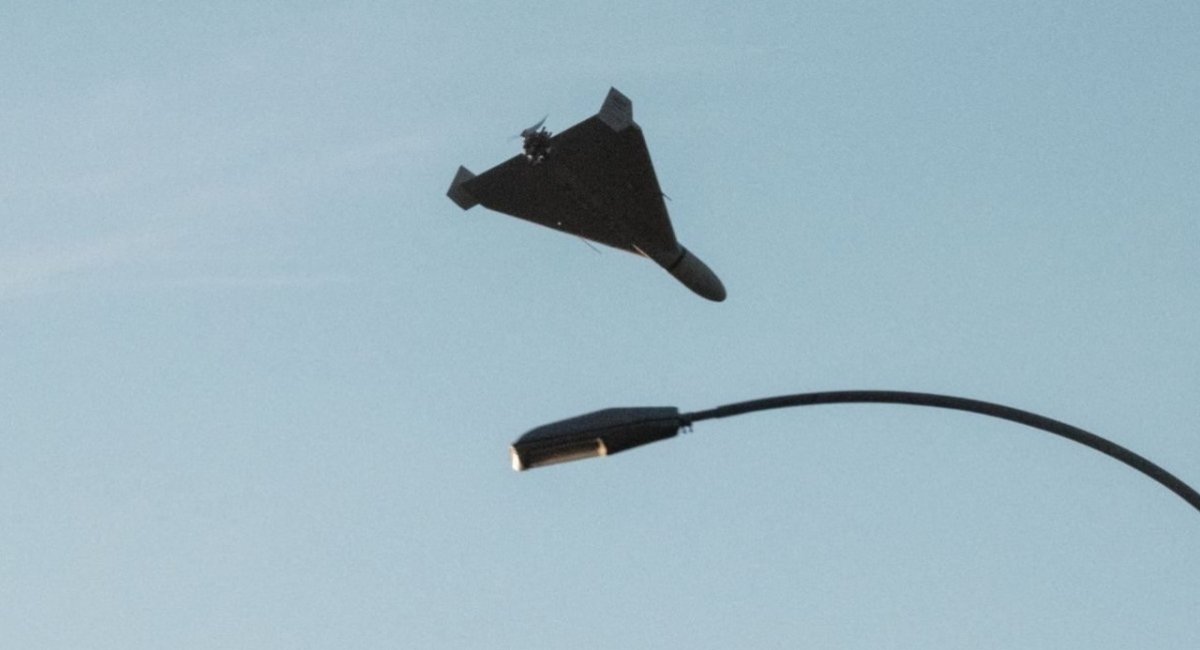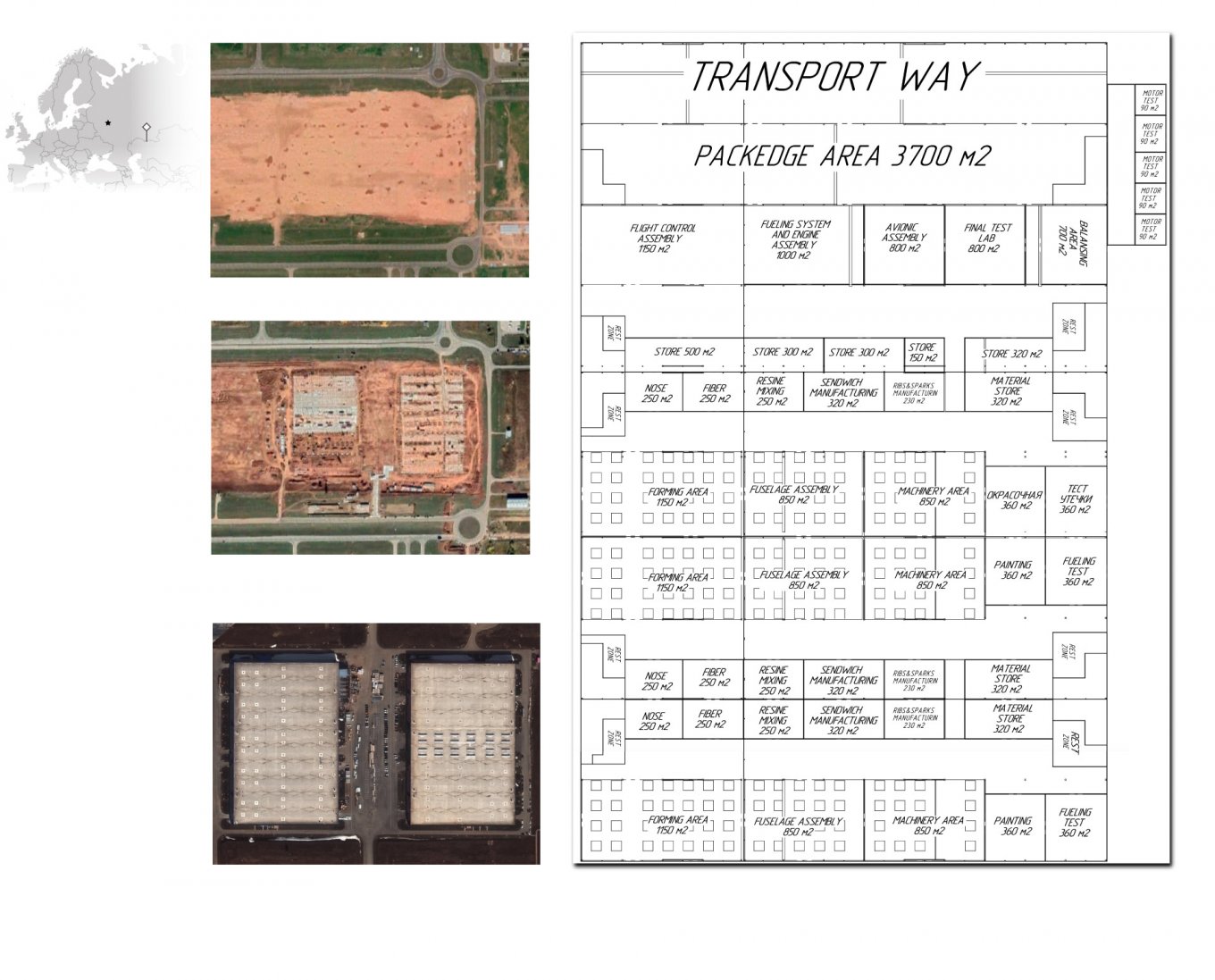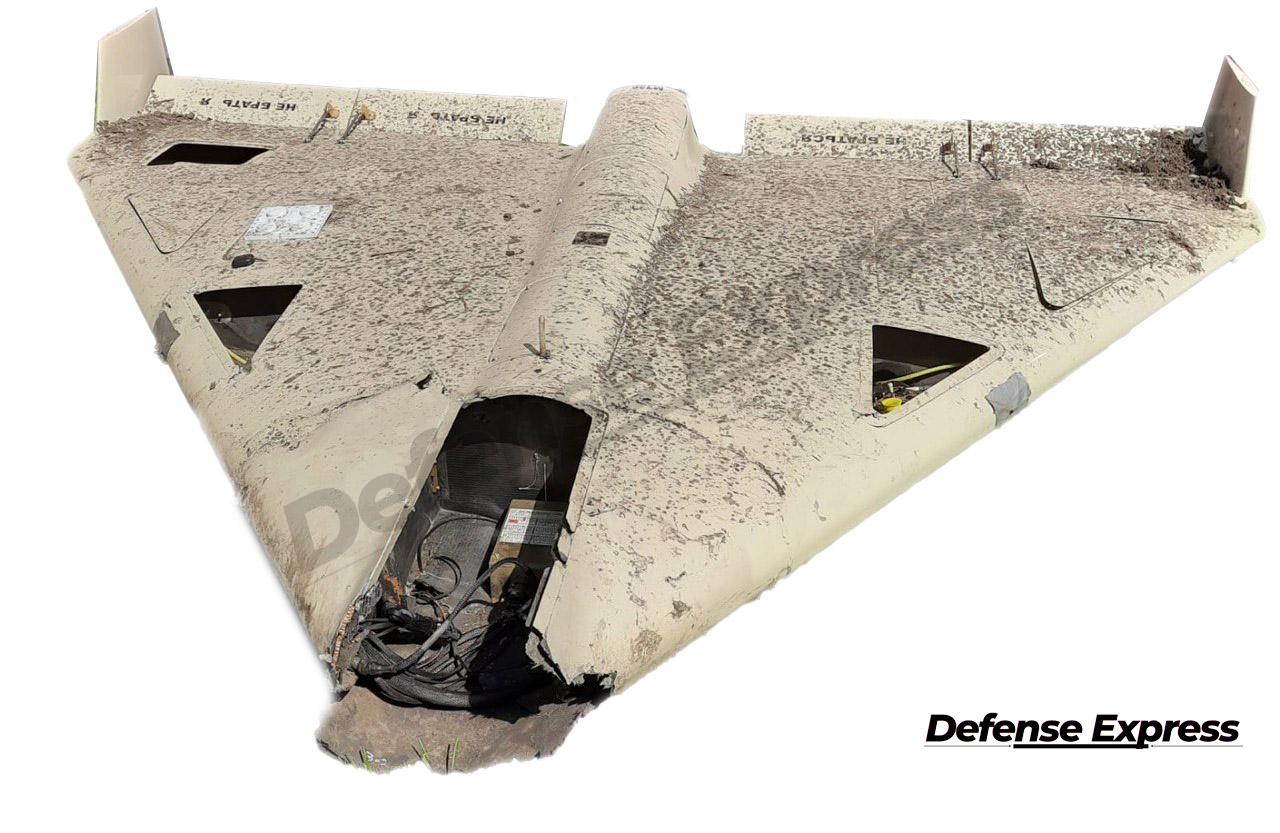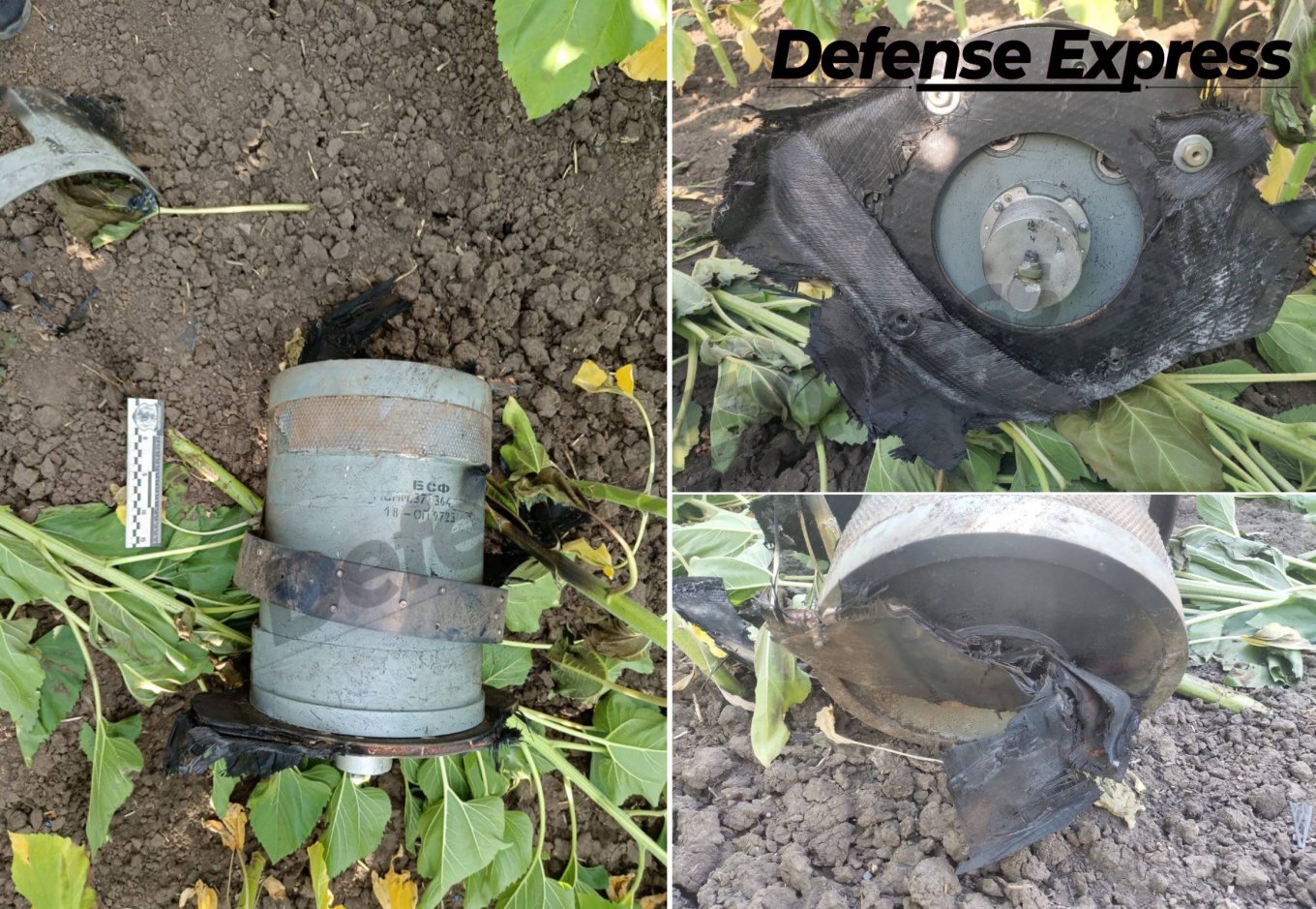
Russia is going to make 6000 Shahed-136, but cannot copy the engine of this drone
What are the nuances of the invaders’ program of large-scale production of drones for strikes on Ukraine?
Russia intends to produce 6,000 Shahed-136 kamikaze drones at its own facilities by the summer of 2025, using technologies received from Iran. The total cost of this project, codenamed Project Lodka, is currently estimated at 151 billion Russian rubles, or approximately more than $2 billion. The Alabuga facility in Tatarstan will be the base for this production, but its personnel are working “under the supervision of the Russian special services.”
However, the practical implementation of this project is constantly facing various difficulties, which at least give reason to believe that by the summer of 2025, the Russians will not be able to produce so many Iranian-style kamikaze drones. This is stated in the publication of The Washington Post.

In particular, the authors of the publication write that a “retired” FSB officer was actually appointed in charge of the Shahed-136 kamikaze drone production project. The key managers of this project had their passports taken away “for prevention” so that they could not leave the country. And for disguise, the documentation for this project used a set of code words, for example, drones were designated as “boats” (in Russian), explosives were called “bumpers,” Iran was encrypted under the names “Ireland” or “Belarus.”
Documents obtained by The Washington Post show that the Russians are trying to really improve Iran’s outdated technology for producing kamikaze drones and make these weapons more destructive in strikes on Ukraine. But at the same time, the construction of facilities at the Alabuga facility is already at least a month behind schedule, and during this time, the Russians have been able to produce only 300 Shaheds of their own design.

The current timing of the project suggests that at the first stage, Russia plans to produce 600 “flying mopeds” from components received from Iran at an average rate of 100 units per month.
At the second stage, the company will start producing hulls on its own, but the main components will continue to be sourced from Iran, with an estimated volume of 1,300 units and an average production rate of 170-180 Shaheds per month. And only at the third stage – to fully localized production using components made in Russia, approximately 4 thousand units, with an average rate of 226 units per month.
As for the electronics for the “flying mopeds,” Iran and Russia continue to be critically dependent on the stability of smuggled supplies of Western electronics, which account for 90% of the total demand.

Alabuga was able to set up its own hull production using Russian contractors, but still needed the help of Belarusian and Chinese companies. But so far, the most critical problem for the Russians is the fact that they have not yet been able to copy the Iranian-made Mado MD550 engine, which is actually the most critical element for the Shahed.
The Russians demonstrate persistence in solving technological problems. For example, they managed to replace unreliable elements with Chinese electronics with more reliable components, added waterproofing to the airframe, and found a replacement for the low-quality glue used to hold the Shahed together.

The Rashists are gradually ramping up production at Alabuga, despite the fact that they have not been able to recruit the necessary staff of 810 employees to work in 3 shifts as planned.
But, perhaps the most unexpected point in this story is that the Iranians themselves do not demonstrate any zeal in transferring production technologies and the Shahedin themselves to the Russians. For example, in their internal documentation, the Alabuga project managers complain that Iran does not keep structured technical documentation (or has it but does not pass it on), which makes it difficult for Russian engineers to copy the Shahed-136. Up to 25% of the kits for assembling these kamikaze drones at the Alabuga facilities, delivered by Russian Defense Ministry aircraft from Iran, were damaged.


